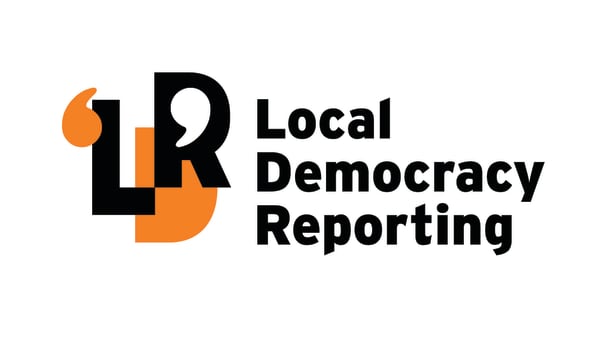Eerie, scary and bad for your health.
That was the damning assessment of some rural Gisborne roads during the Let’s Talk Transport Hearing on Thursday.
Residents of Waiomatatini Valley, Ruatōria and Motu want action from Gisborne Regional Transport Committee to fix inaccessible roads and footpaths.
Waiomatatini residents Tina Dewes and Lynette and George Te Ruki sent in submissions saying some valley residents claimed they were becoming ill due to dust from unsealed roads and erosion.
Ms Dewes presented a community led recovery plan from a hui that involved whānau from Porourangi, Tīkapa and Te Horo maraes.
Ms Dewes said: “We have one entrance and one exit into our valley, and the famous Kāinga Hill is the start of our road.”
The valley becomes isolated constantly during weather events and erosion of land by the Waipura River was a huge threat.
“This is home to our ancestors”, Ms Dewes said. “We are fifth generation and have lost too much land. It must stop.”
A lack of road access meant farmers sometimes could not get stock to the works or to the sales, meaning the businesses would run at a loss.
Both submissions mentioned dust.
Mr and Mrs Te Ruki called it a health and safety hazard caused by unsealed parts of the road, they said.
Mrs Te Ruki wrote in her submission: “We suffer immensely from dust whipped up by northwesterly winds.”
People were also complaining of sore eyes and throats and asthma.
However, what scared them the most was that “through the grapevine”they had found out a forestry project was starting up a block down the road, and would go on for four to eight months.
A small four-wheel drive and trailer combined with a northwesterly wind could whip up dust up to 20 metres, which took 15 to 25 seconds to dissipate, Mr Te Ruki said.
“It is going to be eerie and scary to contend with a 40-tonne truck on that road.”
Ruatōria resident Aroha Couling spoke about the lack of usable footpaths forcing “little kids on little bikes” and mothers with prams, cyclists, runners and walkers to share the road with trucks and cars.
Motu residents Judy Storey, Ron Crawshaw and Mark Johnson said they were fed up with completing their own maintenance work as contractors hired by council either did “nothing or not enough”.
“We are after a ‘by who, by when . . . we are asking for accountability.”
“People say to us, ‘are you charging?” Mr Johnson said.
“We are angry and frustrated that our rates are used on fancy things and our roads are ignored,” Mrs Storey said.
Mr Johnson said: “Fulton Hogan (the company contracted by the council) has an office in Singapore . . . do they care where Motu is?”
Mr Johnson said: “We back locals doing the work. Why doesn’t Tairāwhiti become leaders in cutting down costs for traffic control (which he said covers a third of all roading costs).”
Mrs Storey said: We’re told we’re not certified contractors but between us all we have the expertise, the machinery and the know-how
. . . but not if we have rates increases all the time. We need to be able to charge you guys.”
NZ Transport Authority regional relationships director Lynda Stewart said during deliberations that there were “some great submissions from Motu and Waiomatatini . . . we could potentially look at how we give effect to both the regional transport plan and recovery plan, so that each of the communities feel more represented in our work”.
Councillor Ani Pahuru-Huriwai agreed.
“That saves consultation fatigue. They really just want to see action on what our communities have been asking for for a long time now. They just want action.”









